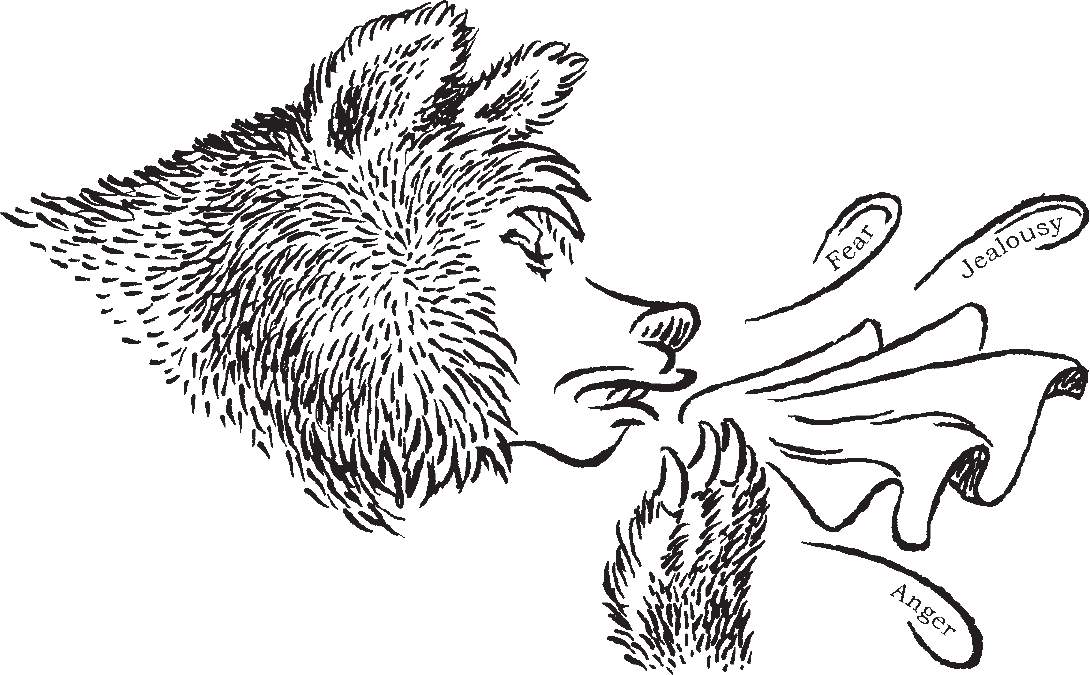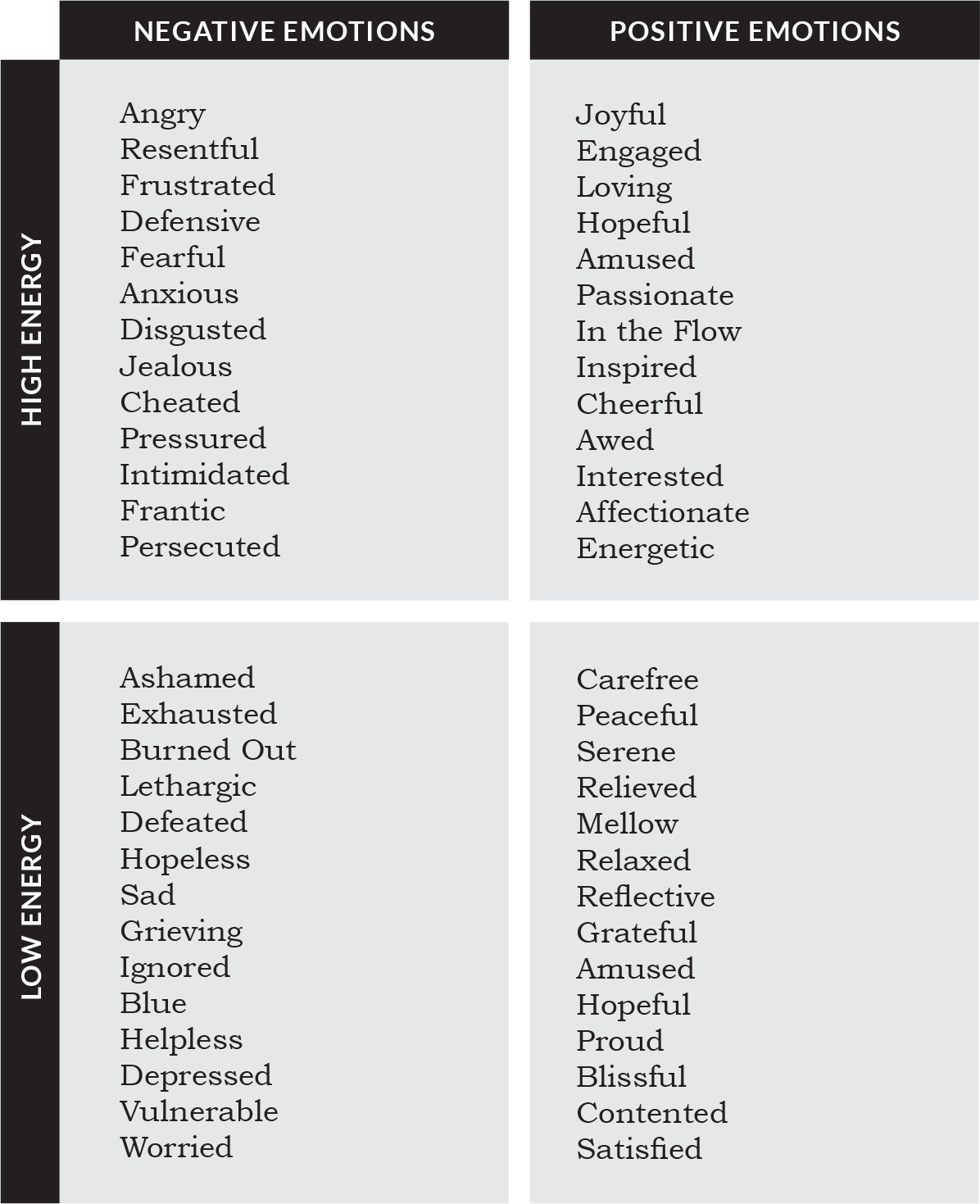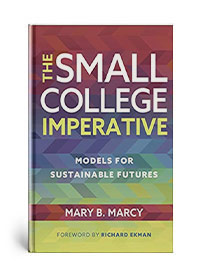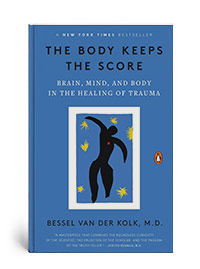Friends,
Welcome to my 13th newsletter. In this letter, I want to share thoughts on emotions … what they are, why they are important, and how we might better manage them for our own benefit and those around us.
Emotions, both positive and negative, are short-lived experiences that determine how we feel, think, and act. They, therefore, play a critical role in our lives. The word “emotions” comes from the Greek word “emote” or “to move.” Seems right.
While we experience both positive and negative emotions, most of us experience far more negative emotions than positive emotions, and far more than we need to. This is because negative emotions are more enduring, or as positive psychologists say, they are “sticky.” The legacy of evolution is that negative emotions are key to human’s strongest motivation – survival. Negative emotions, particularly fear, protect us from harm. Our emotional responses are biased toward correcting mistakes and recognizing danger, rather than reflecting on what went well. In a sense, we have learned to be Velcro to the negative events and Teflon to the positive events.

Emotions are contagious. We have in our minds what are known as “mirror neurons” that lead us to reflect back on what someone else is feeling. When someone smiles, we naturally smile back. Negative emotions are especially contagious. Negative emotions include fear, anger, disgust, sadness, jealousy, shame, derision, contempt, and anxiety. When we experience these emotions, we cultivate them in those around us. Emotions also signal others to either approach us or avoid us.
The happiest among us, those people who flourish, experience more positive emotions and they do this both consciously and subconsciously. The most common positive emotions are joy, gratitude, serenity, hope, interest, pride, amusement, awe, inspiration, and love. Positive emotions don’t just feel good, they do good … they enable us to perform better in life and at work. As Barbara Fredrickson relates in her “Broaden and Build Theory,” when we experience positive emotions, we are more open, more creative, better at problem-solving, more receptive to the thoughts and ideas of others, and we make better friends, better teammates, better leaders. Positive emotions broaden our thinking and attention, they make us more resilient and better able to deal with setbacks and crises. They trigger upward spirals: Positive emotions lead to mindfulness (or being in the present), which leads to broadened awareness, to connect with others, have better relationships, and more energy.
Negative emotions do the opposite. They cause downward spirals: They narrow our focus as we ruminate about the past or have trepidation about the future, they cause us to disconnect from others, which leads to less effective relationships, which leads to less energy.
Emotions are not simply a result of some event; stimulus does not necessarily equal response. In truth, no one and nothing necessarily makes us feel a particular way. We have a choice in our emotional response to an event — even if that choice does not seem evident. We create our own emotions; and if we create them, we can change them. We choose to be angry, jealous, anxious or to be forgiving, grateful, joyful. Managing our emotional responses is a difficult, but essential part of flourishing. In fact, understanding and managing our emotions are the two foundational skills of Emotional Intelligence.
Now let me be clear, negative emotions at times are fully appropriate and necessary. Fear gets us to avoid something harmful, anger to ensure others treat us appropriately, sorrow gets us to slow down and reflect. The problem is that we often hang on to negative emotions long after they have served their purpose, often for years. They then become what psychologists call “dirty pain.”
Here is a chart of both negative and positive emotions. While each of the negative emotions listed on the left side may be appropriate at certain times, to flourish we should strive to experience the positive emotions on the right side more often.

Source: Modified from material of the Human Performance Institute
If you want to manage your emotions better perhaps spending some time with these questions might help:
- Can you identify additional positive and negative emotions? (Hint: There are hundreds.)
- Where do you think you spend most of your time, on the left or right side of the chart?
- Which emotions drive or inspire your behavior?
- Which of the negative emotions do you find most “sticky”?
- What “dirty pain” could you release that would let you spend more time on the Positive Emotions side of the chart?
Thanks for reading. During this pandemic, I hope everyone is well.

–Douglas. A. Smith
“Conscience is a mother-in-law who’s visit never ends.”
–H L Mencken
From the bookshelf!
Books I am reading and highly recommend.



